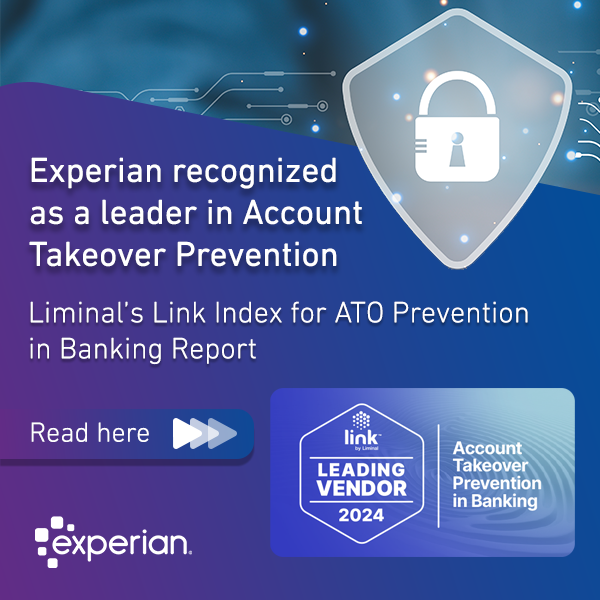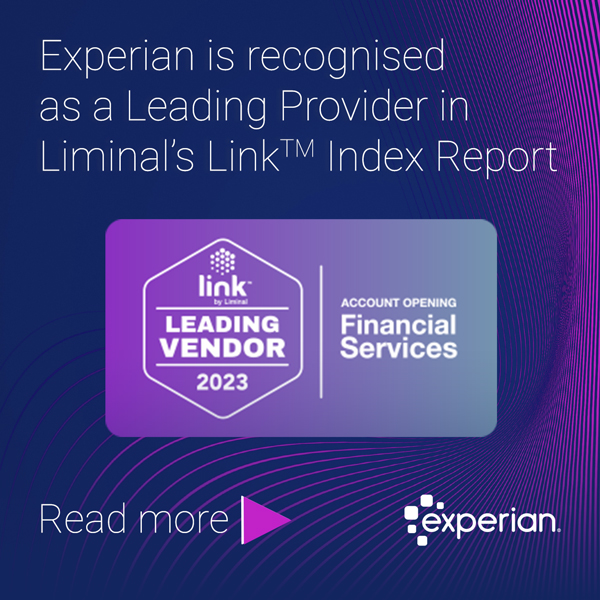
Transaction data is some of the most valuable data a financial institution holds. By understanding how and where customers are spending money, businesses can leverage that insight to provide exactly the right next service or cross-sell product that a customer will most likely use. With open banking, this data is becoming democratized. It allows customers to give other institutions and businesses permission to access the data, which helps mid-market lenders and fintechs compete on the same playing field as the larger banks. In addition to spurring competition and innovation, it offers the potential for greater financial inclusion to people who struggle to gain access to credit due to a lack of information on their financial track record.
The impact of open banking can’t be understated. According to Accenture, it will account for roughly $416 billion in revenue across the top 20 economies once open banking is fully online. And that day is closer than you might think; a survey by Know-It revealed that 55% of UK credit providers said they plan to adopt open banking in 2021, while 93% of businesses expect to adopt the data-sharing initiative within the next 12 months.
While open banking was created to give customers more control over their data, the ability for institutions to leverage shared data creates the potential for data-rich services that the industry is only starting to explore. The more that banks integrate data into their services, and the more that technology firms use data to offer financial services, the more the lines between the two will blur.
The role of decision analytics in open banking
The key to incorporating a successful open banking approach will be leveraging the right analytics tools for better decisions. Using real-time analytics and advanced decisioning logic so lenders can effectively leverage the data available through open banking initiatives. Here are five ways that decision analytics will enable open banking to create new credit opportunities for customers.
- Better risk models. Analytical models and scorecards are the lifeblood of risk analysis. Open banking makes it possible to gather far more transactional data to add to credit risk models to better understand the true risk of each customer.
- More accurate predictions. Transactional insight powered by open banking and decision analytics creates a deeper, fuller view into a customer’s financial profile at origination. By using advanced analytics to determine credit scoring, affordability, income verification and other factors, institutions can make more accurate predictions about how much a customer can reasonably afford to borrow and pay back when issuing credit.
- Fewer risky customers. By leveraging data from across institutions, lenders can also look beyond common metrics like credit scoring and income verification to dig deeper into a borrower’s background. Sophisticated decision analytics can uncover unseen red flags for a specific borrower that may require the lender to take action.
- Increased revenue. Looking beyond origination, open banking can help organizations leverage decisioning analytics on an ongoing basis to better understand the needs of their customers. By continuing to analyze their data, institutions can then identify more relevant cross-sell and upsell opportunities, increasing the lifetime value of the customer. They can also create customer cohorts that allow them to identify which segments will be more likely to accept specific promotional offers across the customer journey.
- Better customer experience. Open banking can use decision analytics to power automation so customers can get credit decisions faster. For example, an institution can leverage this ability to automatically approve credit upgrade requests from an app instead of requiring a customer to call or come into a branch. By making it faster and easier to make these types of decisions, customers will feel better about your brand and more likely to continue giving you their business. In addition, this automation reduces time-consuming tasks, allowing service staff to focus on more complex customer requests.
What does it take to leverage open banking?
By its nature, open banking requires large volumes of data from multiple sources so that businesses can make real-time decisions about creditworthiness and risk. Breaking down traditional data silos is central to powering analytics and increasing credit opportunities.
For traditional banks relying on legacy, on-premises infrastructure to manage data, internal data silos may be a problem, limiting the use of the data available.
Many of these institutions are turning to cloud solutions to reap the benefits of open banking. Cloud integrations enable automatic, daily updates and upgrades to maintain compliance. Data security is provided by the cloud vendor, not internal IT staff, so most importantly, the cloud makes it easy to reduce operational silos by connecting data through integrations, allowing businesses to maximize the potential of open banking.
The future is open
Open banking has the potential to revolutionize the way financial institutions and customers think about financial services. A modern decisioning solution can leverage data across the cloud to give you the power and flexibility to incorporate open banking into operations, turning complex data into actionable insight.
Download the 2021 Open Banking Survey (EMEA)
Stay in the know with our latest research and insights:




